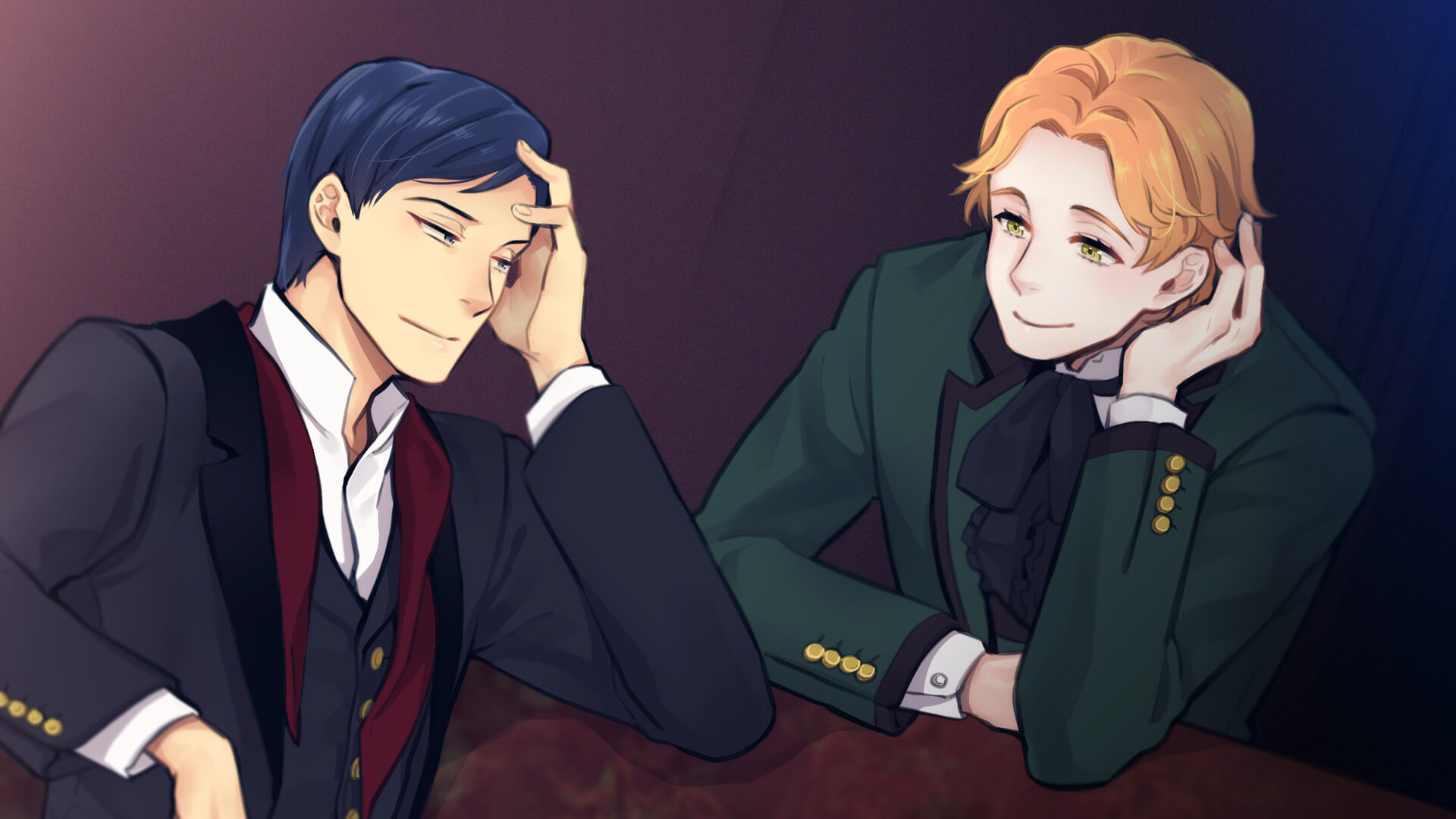

They seemed as alien and as exotic as the characters featured here. In fact, it could legitimately be argued that The Way to Eden exists as part of a much larger subgenre of “hippiexplotation.” To many older people and professionals, hippies were a source of endless fascination. Nevertheless, the hippie remained an object of popular fascination for the remainder of the decade and beyond.

The event was staged as a symbolic funeral, complete with a progression down Haight Street. Counterculture would seemingly acknowledge the tarnished brand of the hippie by organising “The Death of the Hippie” in October 1967. Drug addiction was rampant, Speed becoming an epidemic long-haired flower children become long-hair urchins begging for spare change. These flaws within the movement would ultimately prove fatal. By summer’s end, two well-publicised murders in both coastal meccas redirected media scrutiny, which now focused on the “dark underside” of the hippie dream. As a result, the “Summer of Love ’67” featured scores of young would-be hippies, many of them confused runaways, victimised by unscrupulous drug dealers, crammed in overpopulated hippie “communes”, harassed by police and municipal authorities, and objectified by commercialisation and tourism meant to capitalise on the hippie phenomenon.
#Dr sean park beyond eden free#
The advertised lifestyle of communalism, free love, and abundant drugs had enticed young people from across America to the two largest urban hippie enclaves, San Francisco’s Haight-Ashbury and New York’s East Village, and the crescendo of immigrants soon overwhelmed the hippies’ meager resources and ad hoc organisations assembled to aid the newcomers. As Peter Braunstein argued in Forever Young:īy late summer 1967, the Flower Child charade of the hippies had begun to wilt, overheated by the media hype it had generated. Things did not necessarily work out as intended, serving to instead highlight the movement’s weaknesses more than its strengths. The hippie movement had enjoyed its big cultural moment in the gap between the first and second seasons of the show, the Summer of Love in which up to 75,000 young people descended upon San Francisco to live a dream of free love and free expression. Staging a sit-in in the Enterprise transporter room. Coupled with the chaos of the Vietnam War and the larger strife associated with the civil rights movements, parents were understandably concerned about the world into which their children were stepping. Parents who had lived through the Second World War and enjoyed the relative peace and prosperity of the fifties were perplexed and confused by the fact that their children had taken to doing drugs and protesting the status quo. In many ways, this reflected the contemporary sixties anxieties about the counterculture movement.

The children inevitably learn the value of listening to their elders, who clearly know best. It is only through the intervention of James Tiberius Kirk that order is restored. In that episode, which is very much a precursor to The Way to Eden in terms of theme, a malevolent entity manipulates a bunch of children into turning against their parents and enabling it to spread insanity across the cosmos. This subtext became more overt early in the third season, with the production of And the Children Shall Lead. While This Side of Paradise could be read in light of the first season’s many critiques of communism and socialism, it also felt like a criticism of contemporary youth in general. Naturally, Kirk stirs them from this illusion of paradise. No longer motivated to work or strive, the colonists lie around and debate philosophy and Spock even falls in love. In that episode, Kirk encounters a colony of idle layabouts living lives of absolute luxury under the influence of sinister spores. In the first season, This Side of Paradise featured literal flower children. The show had touched on these ideas in a number of earlier episodes, with a recurring sense of befuddlement. Coon and Fred Freiberger had all served in the armed forces during the Second World War, and so were a generation removed from the flowerchildren attending Woodstock, staging university sit-ins, organising peace protests, and attempting to levitate the Pentagon. Star Trek has always been somewhat anxious about the hippie movement, reflecting the anxieties of a writing staff who belonged to an older generation.


 0 kommentar(er)
0 kommentar(er)
